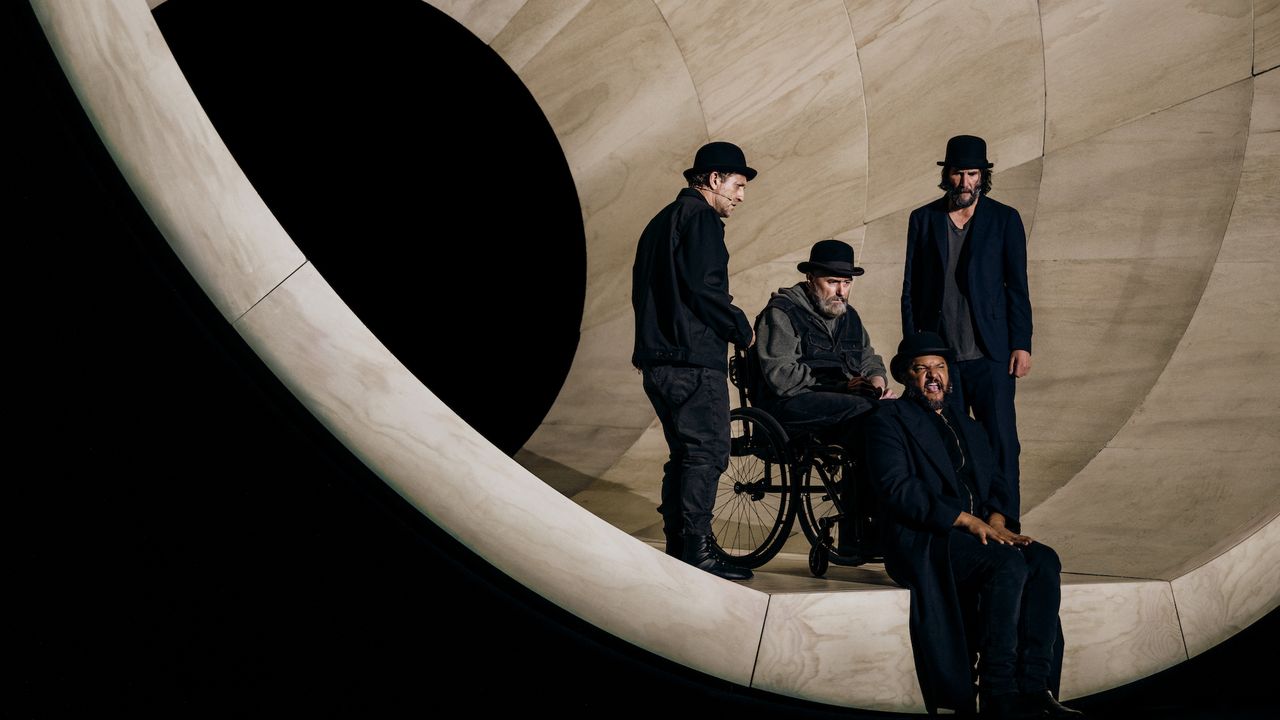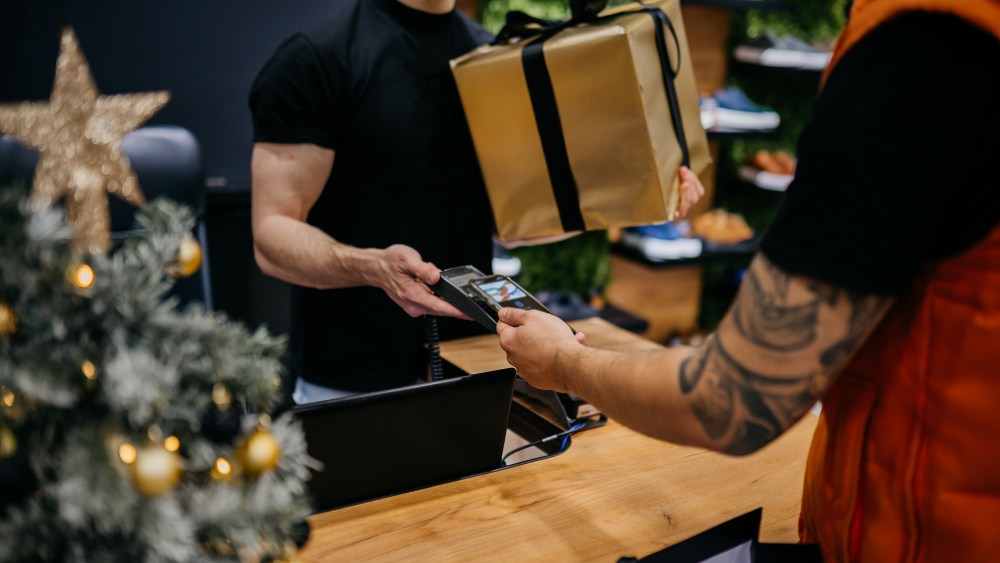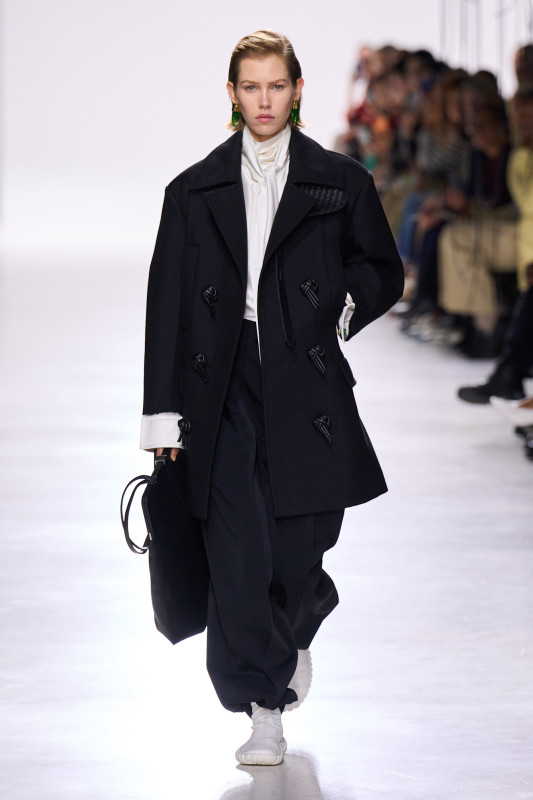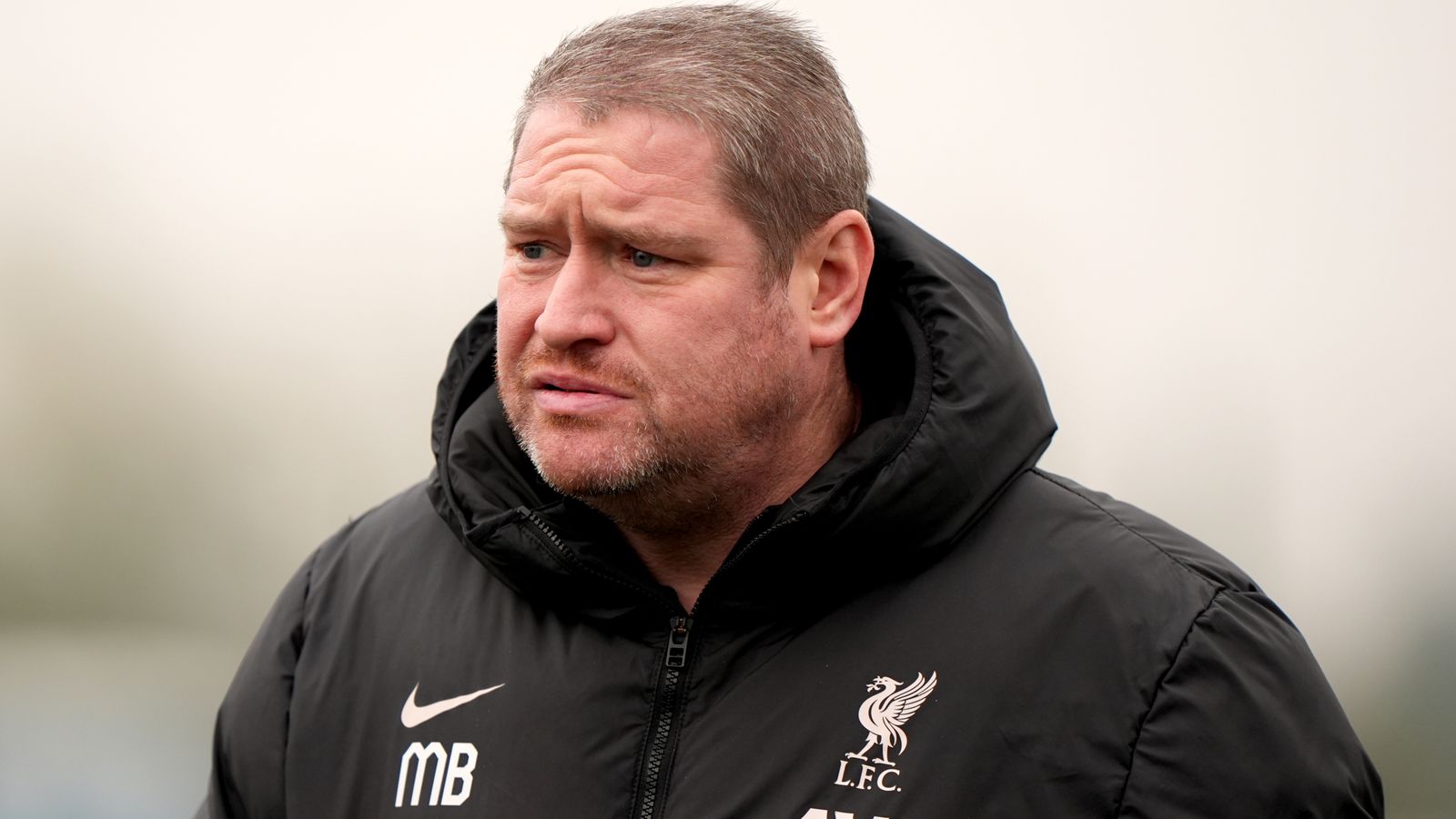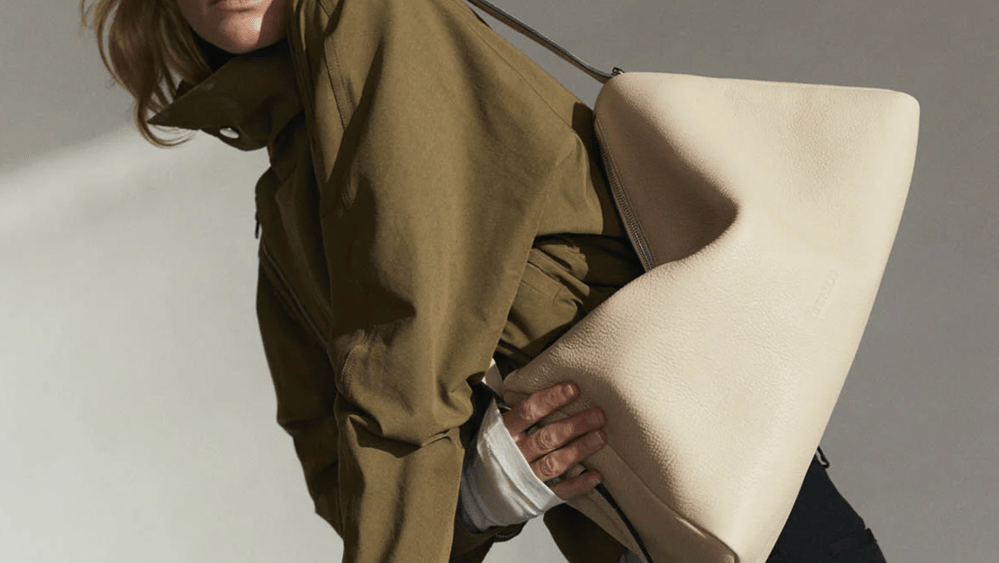
As some shoppers grow weary of heritage designs and macroeconomic instability continues to push consumers away from the luxury market, slow fashion brands are attracting those seeking freshness when it comes to accessories. Brands like The Horse, Verafied, Savette, and Laflore Paris, among others, are offering new bag designs made of sustainable materials, embracing a new type of clientele.
“We’ve found that our girls are looking for pieces with a quiet confidence. They are alluring but not demanding attention,” The Horse’s cofounder Scott Hawkes told WWD. “They want quality, functionality, and thoughtful design and are incredibly attuned to the values behind the products they choose. An independent emerging label speaks more to their personality and values than loud branding en masse.”
This new class of shoppers, according to Hawkes and Verafied’s founder Vera C Wang, is tired of the repetition of heritage logos and is more concerned with uniqueness, individuality and values-driven consumption.
“Luxury fatigue is very real, and it is not just a matter of price. It is about repetition. When heritage brands offer endless iterations of the same logo-heavy styles, the emotional impact gets lost,” Wang said.
Assembly’s “New Code of Luxe” report, unveiled in April, showed that consumer behavior patterns of Millennials and Gen Z “is challenging long-held [luxury] industry assumptions — prioritizing experience, identity and meaning over exclusivity, craftsmanship and prestige alone.”
“Today’s consumers, particularly Gen Z and younger Millennials, are not enamored with legacy for legacy’s sake,” Wang said. “The allure of iconic logos has diminished in a culture that values authenticity over visibility. This generation craves brands that feel personal, intentional and emotionally resonant. It is no longer about status; it is about story, substance and self-expression.”

Verafied’s Chocolate Éclair bag.
Courtesy
For Hawkes, there is an advantage in discovering new artisanal brands that appeal to the new generation. “There is a different kind of pride in finding a label that aligns with your own values or aesthetic before the rest of the world catches on. It feels more intimate, more considered. It’s fun to find something that is your own. I think that’s why people are enjoying personalizing their Birkin with accessories. Key chains and ropes and pieces collected along the way that again leans towards being not so serious and more lighthearted,” he said.
According to the spring 2025 Luxury Goods Worldwide Market study, presented by Bain and Altagamma on June 19, luxury spending and the personal luxury goods segment are experiencing the first slowdown in 15 years, excluding the COVID-19 pandemic. “The data reveals that spending on wellness, travel and experience-focused luxury is set to grow at over twice the rate of luxury goods,” the report’s authors said, adding that for younger shoppers, “growth, wellness and adventure are increasingly prioritized over accumulating possessions.”
“Luxury is shifting from something purely aspirational to something deeply personal. It is no longer just about cost or exclusivity; it is about meaning. People want to know how and why something was made. They want to feel something when they use it,” Hawkes said.

The Horse’s Mini Clementine bag.
Courtesy
Swimming against the wave, Hermès International reported in February that sales in the leather goods category, including its Birkin and Kelly bags, were up 21.5 percent in the fourth quarter of 2024. Bernstein’s analyst Luca Solca told WWD the brand’s numbers are “proving the resilience and popularity of the brand among the affluent customer segment.”
“The Birkin is undeniably iconic. It is a feat of design, craft, and heritage. But when something becomes a universal symbol of status, it can start to lose its individuality,” Wang said.
According to a Bernstein report based on Agility Research and Strategy‘s latest study, macroeconomic uncertainty, President Donald Trump’s trade policy and fluctuating financial markets are affecting the thoughts and finances of the global elite, especially in the U.S., contributing to “deterioration” in luxury spending. Midrange brands may have opportunities to reach this segment of spenders.
“Luxury is becoming more fluid, more democratic and I think that is a good thing. The rise of emerging brands has challenged the old guard to move with greater intention and the result is a more diverse, exciting industry. The future of luxury will not be about logos. It will be about meaning, and will reward craftsmanship, originality, and values alignment,” Wang said.
#Slow #Fashion #Bags #Gain #Momentum #Luxury #Fatigue #Continues

